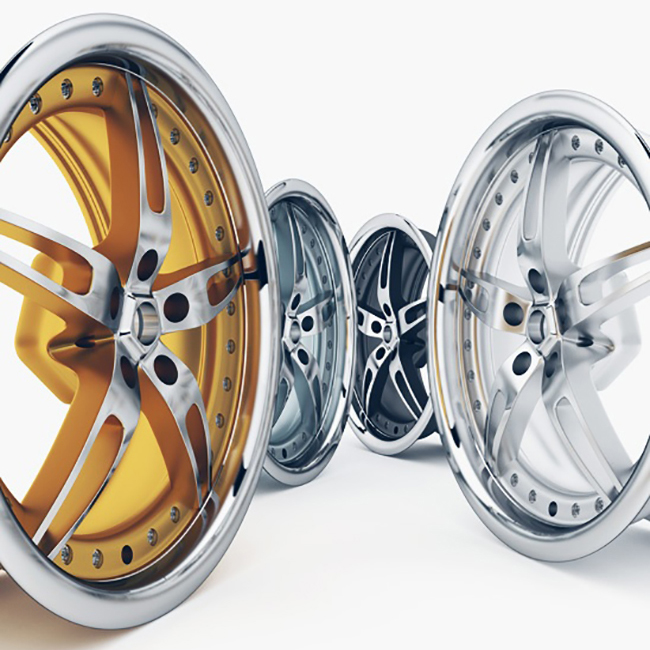Understanding Semi-Trailer Wheel Seals for Improved Performance and Longevity
Understanding Semi-Trailer Wheel Seals Importance, Types, and Maintenance
Semi-trailers are an essential part of the transportation and logistics industry, playing a pivotal role in the movement of goods across vast distances. One of the critical components that ensure the efficient operation of semi-trailers is the wheel seal. Wheel seals may seem like minor elements, but they are vital for maintaining the integrity of the wheel hub, preventing leaks, and ensuring safety on the road. This article delves into the significance of semi-trailer wheel seals, the different types available, and best practices for maintenance.
The Importance of Wheel Seals
Wheel seals serve several essential functions. Primarily, they prevent the leakage of axle lubricant, which is crucial for proper wheel hub function. The wheel hub contains lubricants that reduce friction and heat generated during operation. Without a secure seal, these lubricants can escape, leading to increased wear and tear, overheating, and, ultimately, wheel failure. This can create significant risks not only for the vehicle but also for other road users.
Moreover, wheel seals help protect against contaminants such as dirt, water, and debris. These pollutants can enter the wheel hub, causing corrosion and damaging the bearings. A proper wheel seal helps maintain the lubricant's quality and extends the overall life of the wheel assembly, reducing maintenance costs and enhancing safety.
Types of Semi-Trailer Wheel Seals
There are several types of wheel seals available for semi-trailers, each designed to fit various applications and provide specific benefits
. The primary types include1. Single Lip Seals These are the most common type and are designed for standard applications. They feature a single lip that presses against the axle shaft, providing a basic level of protection against lubricant loss and contaminant entry.
2. Double Lip Seals These seals offer an additional layer of protection. With two sealing lips, they provide enhanced resistance to dirt and moisture while also minimizing the risk of lubricant leakage. Double lip seals are ideal for heavy-duty applications where additional protection is necessary.
3. Metal Shell Seals Designed for durability, metal shell seals come with a rigid structure that provides added protection against physical damage. They are often used in high-load applications, where traditional rubber seals may not hold up as well.
semi trailer wheel seal

4. Custom Seals In some cases, specialized applications may require custom wheel seals tailored to meet specific industry or operational needs. These seals are designed based on precise specifications, ensuring optimal performance.
Maintenance and Best Practices
Regular maintenance of wheel seals is crucial for prolonging their lifespan and ensuring operational safety. Here are some best practices
- Routine Inspections Conduct regular visual inspections of the wheel seals during maintenance checks. Look for signs of wear, cracks, or deformation, as these can indicate potential failures.
- Lubricant Checks Ensure that the wheel hub is adequately lubricated. Insufficient lubricant can lead to overheating and seal degradation. Check the lubricant's condition and levels periodically.
- Proper Installation When installing new seals, ensure they are fitted correctly. Improper installation can lead to premature failure. Follow manufacturer guidelines and consider professional installation if necessary.
- Environmental Considerations Be aware of the operating environment. Exposure to harsh chemicals, extreme temperatures, or abrasive materials can affect seal performance. Use seals rated for specific conditions when necessary.
- Replacement Timeliness Do not wait until a seal shows visible signs of failure. Replace seals at regular intervals as part of preventive maintenance to avoid costly breakdowns and ensure safety.
Conclusion
Semi-trailer wheel seals are critical components that play a significant role in the overall performance and safety of the vehicle. Understanding the types of wheel seals available and implementing proper maintenance practices can greatly enhance the lifespan of the wheel assembly, reduce costs, and ensure the safe transport of goods. By prioritizing wheel seal maintenance, fleet operators can contribute to a safer, more efficient transportation environment.
-
Understanding Automotive Oil Seals: Essential Components for Engine and Shaft Protection
News Jul.30,2025
-
The Importance of Heavy Duty Seals in Industrial and Residential Applications
News Jul.30,2025
-
Exploring Industrial Oil Seals: From Felt Oil Seals to TTO and CFW Solutions
News Jul.30,2025
-
Essential Guide to Oil Seals: From Radial to Metal-Cased Seals for Industrial Reliability
News Jul.30,2025
-
Choosing the Right Oil Seals and Gaskets for Industrial and Automotive Applications
News Jul.30,2025
-
Cassette Seals: Durable Sealing Solutions for Harsh Environments
News Jul.30,2025
-
Understanding the Front Main Engine Seal: Purpose, Maintenance, and Installation
News Jul.29,2025
Products categories















